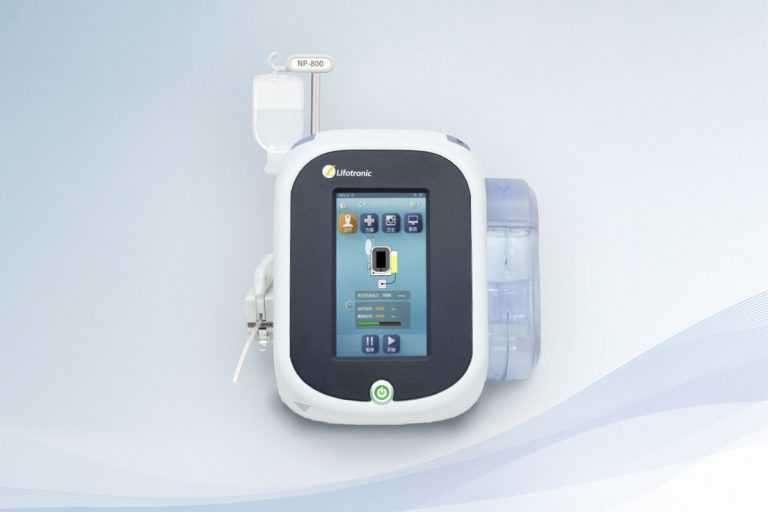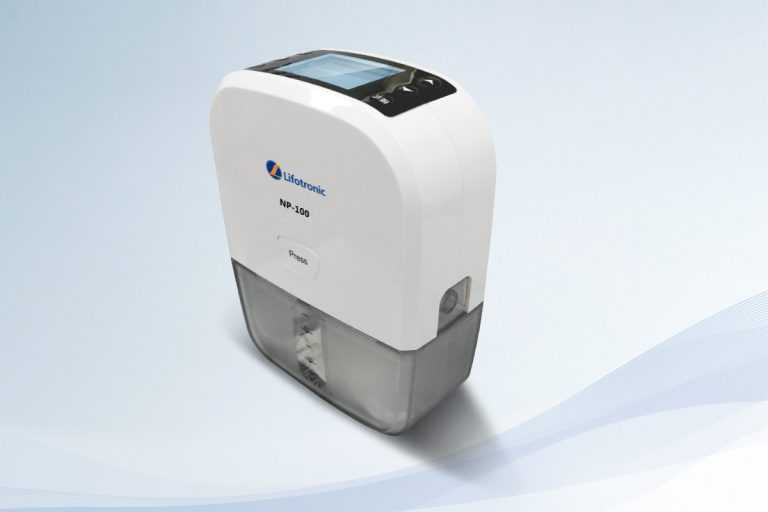Discover the benefits of Clarity Medtech NPWT technology

Why NPWT?
Suitable for treatment of both adult and paediatric patients, NPWT helps wounds heal faster and with fewer infections and has therefore become a popular treatment modality for the management of many acute and chronic wounds.
The best pressure for wound healing appears to be approximately 125mmHg, using an alternating pressure cycle of 5 minutes of suction followed by 2 minutes off suction. Animal studies have indicated that this technique optimises blood flow to the wound bed, decreases local tissue swelling, removes excessive fluid that can slow cell growth and proliferation in the wound bed and can decrease the number of bacteria. In addition, intermittent low pressure alters the structure of the cells in the wound bed, triggering intracellular signals that increase the rate of cell division and the formation of granulation tissue.
Applicable Wound Types
- Pressure ulcers
- Diabetic/neuropathic ulcers
- Venous insufficiency ulcers
- Acute, chronic and traumatic wounds
- Flaps
- Post-surgery and dehisced surgical incisions
- Explored fistulas
- Skin grafts
Macro effects
- Removes exudate
- Reduces oedema
- Removes potential causes of infection
- Reduces wound margins
- Increases bloody perfusion to wound bed
Micro effects
- Stimulates cell proliferation
- Reduces bacterial load
- Increases fibroblast migration
- Promotes the growth of granulation tissue
Contraindications for negative-pressure wound therapy
- Fistulas (tunnels) to organs and body cavities (non-enteric and unexplored fistulas)
- Necrotic (dead) tissue or eschar that has not been debrided (sloughed-off dead tissue or a scab)
- Osteomyelitis (inflamed bones)
- Wounds due to skin cancer
Silver-containing dressings should also not be used if the patient is sensitive to these.

NP-600 / 800 / 100 Negative Pressure
Wound Therapy System
Download the Clarity Medtech NPWT
Brochure and NPWT Product Catalogue

-
Protective carry case
All devices come with a suitable protective carry case for portability enabling use for both inpatients and patients in the community. Patients can therefore be treated in the comfort of their own home, reducing pressure on hospital resources. -
Surgical requirements
Designed for a variety of surgical requirements including infected, chronic, acute and traumatic wounds and flaps. -
Training
The system is fully supported by competency based in-service training. -
Manual and automatic cleaning
Solutions for manual and automatic cleaning are available, reducing bioburden and reduced pain at dressing change. -
COVID-safe
Devices include a COVID-safe anti-bacterial filter